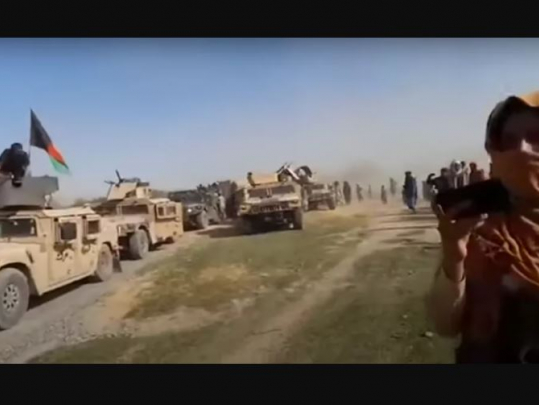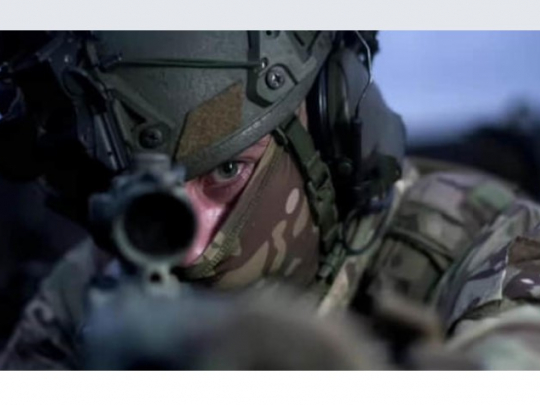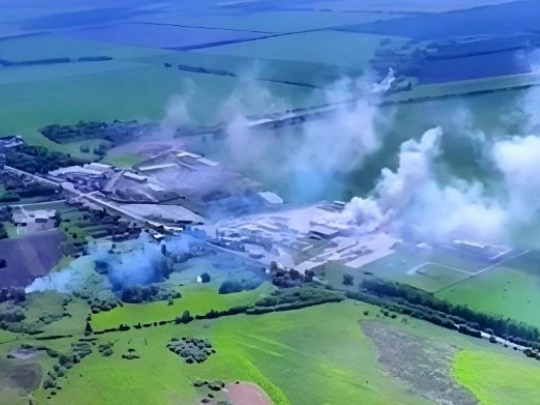US Military Vehicles Falling Into Taliban Hands at Alarming Rate, Report Finds

The United States and its allies began their withdrawal from Afghanistan in May after over 19 years of war against the Taliban. Washington has promised to complete the pullout by the 20th anniversary of the 9/11 terror attacks – which served as the formal pretext for the invasion of Afghanistan and the start of a global "war on terror."
The US-equipped Afghan National Army is reportedly surrendering its military equipment and weapons to the Taliban at an alarming rate, with entire battalions of soldiers disbanding without a fight in anticipation of an imminent collapse of the government amid the ongoing US and NATO withdrawal from the country.
A thorough open-source intelligence investigation of Afghan security forces equipment by Oryx, a conflict-focused news outlet trusted by major US media including Forbes, estimates that the Taliban has gotten its hands on as many as 715 Humvees and other light trucks, plus dozens of armoured vehicles and heavy artillery systems, in recent weeks.
The outlet reports that at least two Afghan National Army tanks, dozens of mortar systems, and anti-aircraft guns, some of them leftovers from the Soviet-Afghan War of the 1980s, 17 122 mm D-30 towed howitzers, 141 US Navistar International trucks, 21 Oshkosh mine-resistant armour-plated vehicles, bulldozers, excavators, and other equipment are included in the Taliban’s haul.
Accompanying the report is plenty of footage posted to social media of Afghan security forces surrendering weapons and equipment to the group en masse.
Taliban militants are shown taking command of the captured vehicles in some of the videos.
The US has spent years and billions of dollars equipping the Afghan National Army and Police Force, delivering over 25,000 Humvees to the country, and providing the government with thousands of other vehicles and pieces of military equipment.
Forbes warns that the Taliban could use the captured vehicles to create a major mobile fighting force if it is able to source fuel to power them.
On Friday, Russian Foreign Minister Sergei Lavrov expressed concerns over the situation in Afghanistan, warning of an apparent concentration of Daesh (ISIS)* jihadists in northern Afghanistan, and confirming that Moscow was discussing the situation with its Collective Security Treaty Organisation allies.
A commitment to fighting Daesh was one of the conditions of the US-Taliban peace deal.
China has aired its own anxieties over the situation in Afghanistan, with the two countries sharing a 76 km-long sliver of a border. In May, Chinese Foreign Minister Wang Yi warned that the US’s “hasty withdrawal” from the war-torn nation had “dealt a serious blow to the peace process” and “negatively affected regional stability.”
The rapid deterioration of the security situation has prompted some observers to express fears that the United States may have attempted to manoeuvre Russia, China, the Central Asian post-Soviet republics and others into a position to try to drag them into the decades-old Afghan conflict.
* A terrorist group outlawed in Russia and other countries.
- Source : Ilya Tsukanov


















